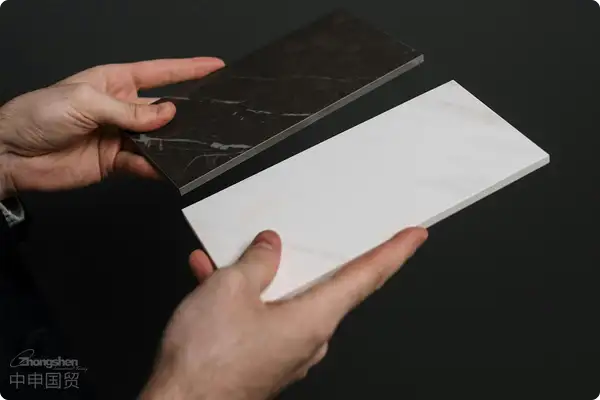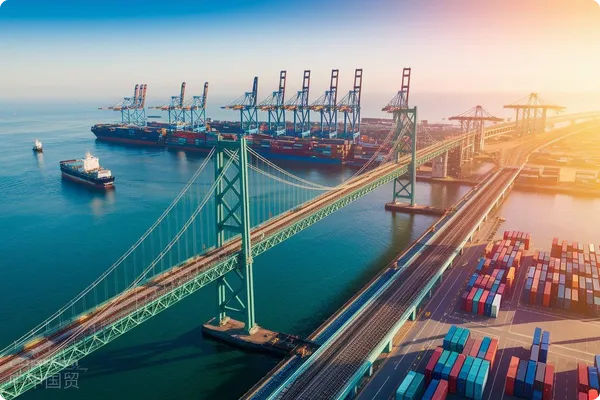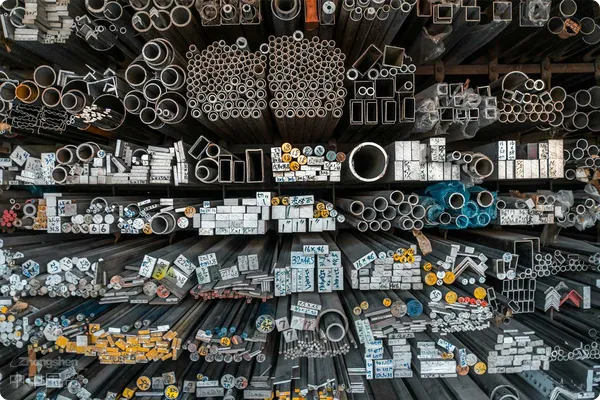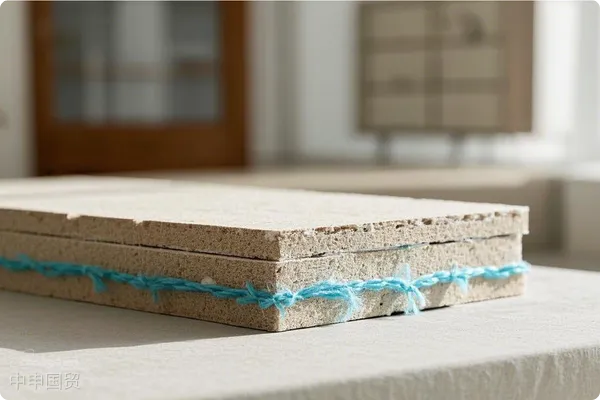- Shanghai Zhongshen International Trade Co., Ltd. - Two decades of trade agency expertise.
- Service Hotline: 139 1787 2118
foreign tradeIn this industry, sometimes it feels like riding a roller coaster - smooth sailing brings joy, but unexpected obstacles can be quite frustrating. Recently, a friend in the stone export business encountered a minor issue: just as a batch of bulk stone was about to cross the ocean to Europe, the customer suddenly requested a company-headed declaration and CE certificate. This really stumped our friend, as most European clients theyve worked with over the years never mentioned this requirement - at most asking for a CE mark on the shipping marks. Moreover, CE certification is quite expensive, creating significant financial pressure for bulk goods with already slim profit margins.
So what exactly is this CE certificate? Is it truly indispensable for exporting to Europe, especially for products like stone?

CE Mark: The Passport to the EU Market
First, we must understand that the CE mark isnt just about drawing a circle with two letters - its more like a passport for products entering the EU market. CE stands for Conformité Européenne, meaning European Conformity in French. Products bearing the CE mark indicate compliance with EU directives regarding safety, health, and environmental protection requirements. Products without the CE mark may face difficulties in the EU market, potentially being detained by customs or prohibited from sale.
Is CE certification a standard requirement for stone exports?
Returning to stone products. Many friends may wonder: Our company has been doing business in Europe for so many years, why havent we heard about the mandatory CE certificate before? Indeed, not all products exported to the EU require CE certification—it depends on which directives scope the product falls under.
For construction products like stone, the EU typically focuses on whether they comply with the Construction Products Regulation (CPR – (EU) No 305/2011). The CPR aims to ensure reliable performance information for construction products, enabling designers, builders, and owners to select appropriate products. According to CPR, many construction products require a Declaration of Performance (DoP) and CE marking before being placed on the EU market.
Therefore, when a Cypriot client requests CE certification, its likely based on this regulation. As for why previous clients didnt mention it, reasons may include different product uses, varying customs clearance channels, or clients assuming suppliers would provide it by default.
Some tips about CE certification
- Whose name should appear??Some ask: If the export uses a freight forwarder specified by the client for buying export rights and the customs declaration isnt under our company name, whose name should appear on the CE certificate? Rest assured, CE certificates are typically applied for and held in the name of the manufacturer or their authorized representative. Domestic customs declarations and CE certificate ownership for foreign clearance are separate matters. If you produce the product, naturally you or your brand should apply for certification.
- How long is the validity period??CE certificates arent once and for all. For products like stone under CPR, CE certification (usually manifested as DoP and supporting documents) validity generally relates to product standards, regulation updates, and production process stability. Some suggest five-year validity, but this is more about recommended reassessment or standard update cycles. The key is whether corresponding harmonized standards have updates or if the product itself has significant changes.
- One certificate per variety??Generally, CE certification applies to specific product series or models. For products under one name, if key characteristics like performance parameters and intended uses are consistent, different models or specifications can sometimes be covered under one certificate or testing report system. But for significant differences or special performance requirements like custom engineering orders, separate evaluations or certifications may be needed.
- How to handle cost issues??This is indeed a practical concern. CE certification costs vary by product type, testing complexity, and certification bodies. For low-margin bulk goods, if certification costs werent included in quotes initially, suddenly needing certification can create cost pressure.
What to do when ambushed?
When clients suddenly request CE certification, dont panic. Try these steps:
- Proactive communication:?First, promptly communicate with the client to clarify what specific CE documentation they need (whether a Declaration of Conformity DoC or test reports/certificates based on specific standards). Simultaneously, explain your past experience and that this order didnt include certification costs, seeking the clients understanding.
- Clarify regulations:?Determine exactly which EU directive applies to this stone product—whether it truly falls under CPR. Sometimes clients may have partial understanding or just know vaguely that CE is needed for Europe.
- Consult professional bodies:?Immediately contact qualified third-party testing/certification bodies to inquire about CE certification (especially CPR) processes, timelines, and costs for this stone product. Some mention doing a RoHS-based hazardous substance test CE at lower cost. This is an option, but the key is whether it meets Cyprus customs specific clearance requirements for the stone product. If CPR applies, RoHS alone may be insufficient.
- Weigh pros and cons:?Evaluate certification costs against order profits and long-term client relationships before deciding.
Long-term, prevention is key
This episode serves as a reminder: With increasingly完善完善的EU regulations and stricter enforcement, companies planning to深耕deepen European markets must understand and plan product CE certification in advance. Before accepting orders, clarify all certification requirements including CE with clients and factor costs into quotes. This avoids last-minute scrambles while enhancing professional image and market competitiveness.
There are many pitfalls in foreign trade, but solutions always outnumber difficulties. Learn more, ask more, communicate more - even the CE certification hurdle can be easily overcome!
Related Recommendations
? 2025. All Rights Reserved. Shanghai ICP No. 2023007705-2  PSB Record: Shanghai No.31011502009912
PSB Record: Shanghai No.31011502009912










